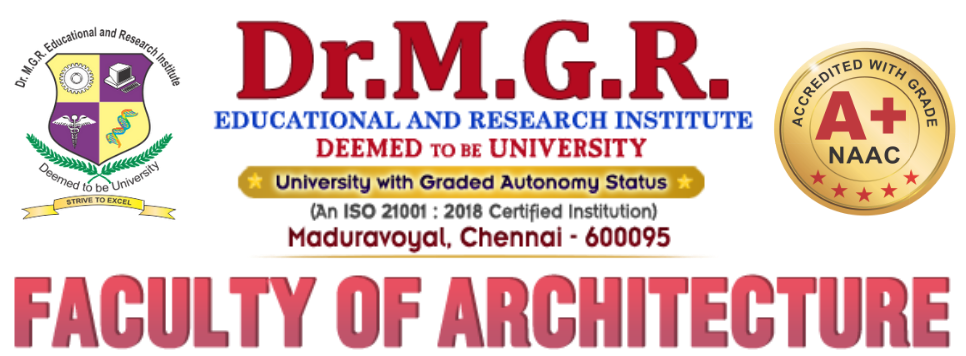Third-year B.Arch. students recently had the opportunity to visit NAVIN STAR WOOD TOWERS 2.0 as part of their Apartment Design study. Accompanied by three faculty members, the students explored the innovative modular Mivan construction technology, which utilizes aluminum alloy formworks for concrete casting. This method offers numerous benefits over traditional construction techniques, including faster build times and improved structural integrity.
Learning About Mivan Construction Technology
During the visit, the students delved into the details of Mivan construction, gaining a deeper understanding of its advantages. The use of aluminum formworks allows for precision in construction, reducing the likelihood of errors and enhancing the overall quality of the building. This hands-on experience provided the students with a valuable perspective on modern construction methods that are revolutionizing the industry.
Analyzing Interior Space Planning
The second part of the visit involved a comprehensive analysis of the interior space planning and services of a completed 21-floor high-rise apartment. The students examined various aspects of interior design, including space utilization, layout efficiency, and the integration of services such as plumbing and electrical systems. This analysis helped them understand the complexities involved in designing functional and aesthetically pleasing living spaces.
Guided Tour with Construction Engineers
The students were guided by experienced construction engineers who shared their expertise and insights throughout the tour. This interaction allowed the students to ask questions and gain practical knowledge that complemented their classroom learning. The engineers’ real-world experience and advice were invaluable in helping the students grasp the practical applications of theoretical concepts.
Conclusion
The visit to NAVIN STAR WOOD TOWERS 2.0 was an enriching experience for the third-year B.Arch. students, providing them with a firsthand look at advanced construction technologies and interior space planning. This guided tour not only enhanced their understanding of modern construction methods but also inspired them to apply these insights to their future projects.
By bridging the gap between theory and practice, such educational visits play a crucial role in shaping the architects of tomorrow.

